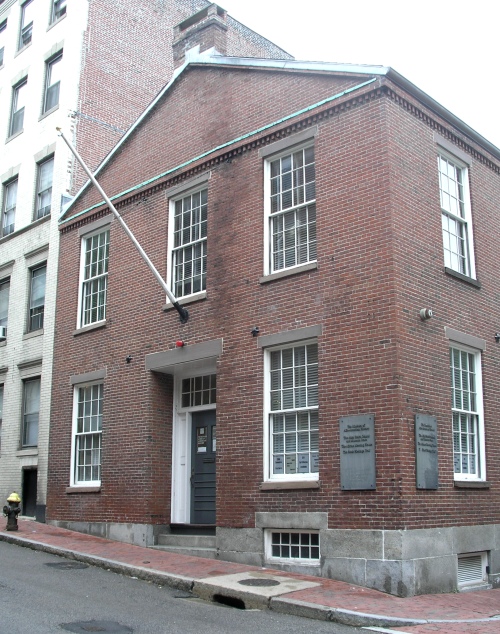Abiel Smith School (1835)

In 1798, members of Boston’s black comunity organized a grammar school that met in in the home of Primus Hall, the son of Prince Hall, a community leader whose petitions to allow black children into the city’s school system had long been denied. The school moved to the African Meeting House on Beacon Hill in 1808 and received financial upport frm the city after 1812. In the 1820s, the city finally established two schools for black children. Abiel Smith was a white businessman who died in 1815 and left $4,000 for the education of African American children in Boston. Part of this bequest was used to build the Abiel Smith School, completed in 1834 and dedicated the following year on Belknap Street, now called Joy Street, near the African Meeting House. In 1849, most African-American parents in Boston withdraw their children from the Abiel Smith School to protest the segregation of schools in the city. In 1855, the Massachusetts legislature outlawed segregation and the Abiel Smith School was closed. The building was then used to store school furniture and after 1887 as the headquarters for black Civil War veterans. The restored building is now part of the Museum of African American History. The school is also on Boston’s Black Heritage Trail.
How fascinating! I’ll have to find it when spring comes and I can explore Boston again. Thanks for your blog. I read it daily, and with much enjoyment.